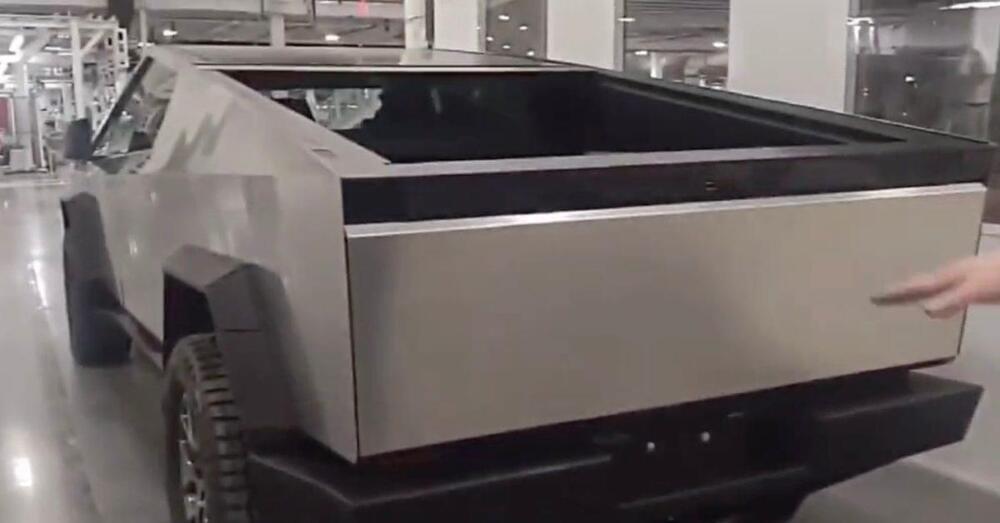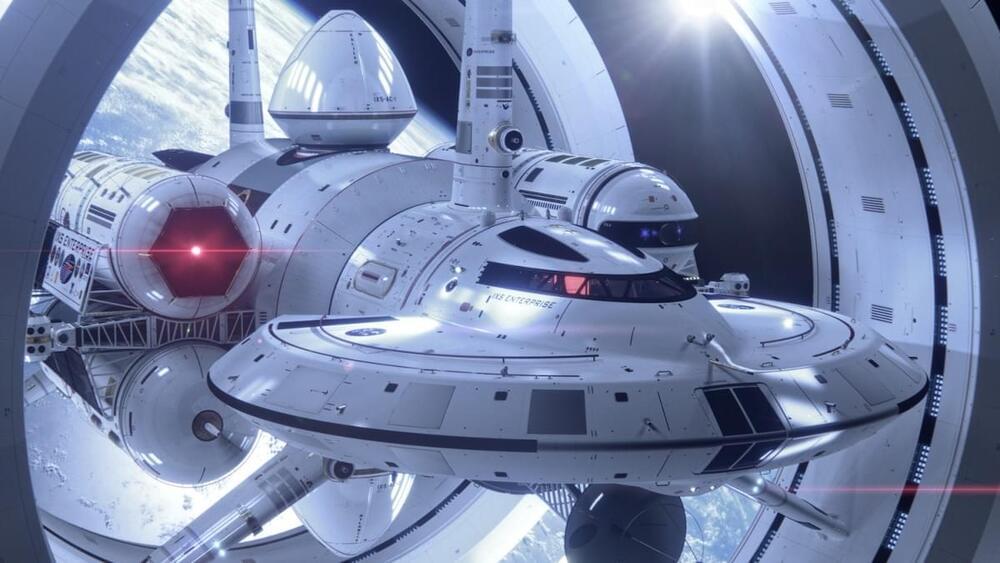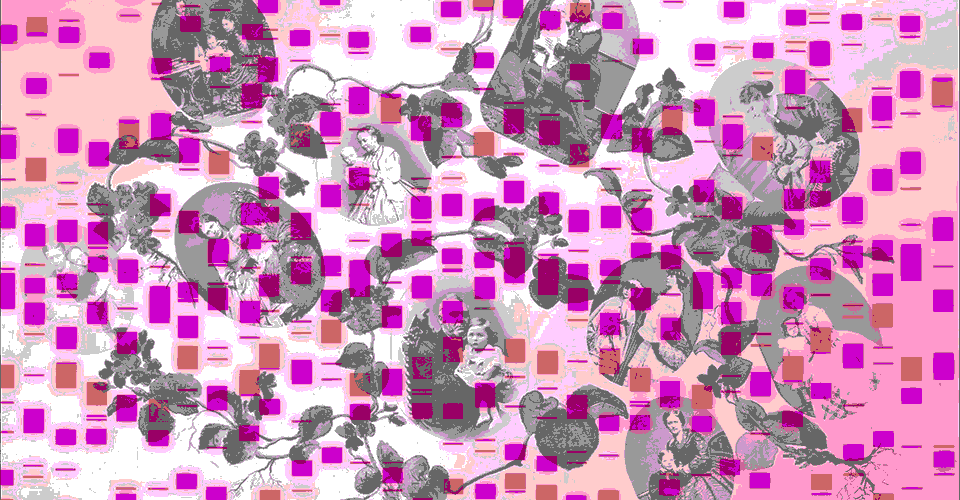If that can’t happen, Spencer said he hopes to see a system that lets you bring a “banned user list” to a new network.
After a few pictures leaked this weekend, we now have a full video walkaround of Tesla’s latest Cybertruck prototype.
As we previously reported, some pictures of the latest Tesla Cybertruck have leaked this weekend. It appears to be from Gigafactory Texas, where the automaker plans to build the electric pickup truck late this year. The pictures gave us a better look at the lack of door handles as well as the new wheels without any aero cover on.
But now, a video of the same Cybertruck prototype was released and it gives us an even closer look at the truck. The video appears to have been filmed by contractors or new employees at Gigafactory Texas, based on the commentary on the video that was shared on Facebook:
The European Space Agency is planning to use the Ariane 6 for a variety of missions.
Here’s what you need to know about how they compare.
Ariane 6 vs. SpaceX: How much can it send to low-Earth orbit?
The Ariane 6 will send up varying amounts depending on the booster configuration. The two-booster version, known as Ariane 62, can launch 4,500 kg (9,920 pounds) to geostationary transfer orbit or 10,300 kilograms (22,707 pounds) to low-Earth orbit.
“Here’s How Humans Might Beat Other Intelligent Life in a Science Fictional Space Race | Tor.com”
Suppose for the moment that one is a science fiction writer. Suppose further that one desires a universe in which intelligence is fairly common and interstellar travel is possible. Suppose that, for compelling plot reasons, one wants humans to be the first species to develop interstellar flight. What, then, could keep all those other beings confined to their home worlds?
Here are options, presented in order of internal to external.
The easiest method, of course, is that while our Hypothetical Aliens—Hypotheticals for short!—are just as bright as we are, a glance at human prehistory suggests that there is no particular reason to think we were fated to go down the technological path that we did. Sure, the last ten thousand years have seen breakneck technological development, but that’s just a minute portion of a long history. Anatomically modern humans date back 300,000 years. The last ten thousand years have been highly atypical even for our sort of human. Other human species appear to have come and gone without ever venturing out of the hunter-gatherer niche. Perhaps the development of agriculture was a wildly unlikely fluke.
Elon Musk’s brain chip company Neuralink appears to be gearing up to launch its first-ever human trials, with the firm now looking to recruit a director to run the tests.
According to The Guardian, the entrepreneur, who owns a variety of science-based start-ups, is preparing to take Neuralink’s brain chip research to the next stage by hiring a mission-driven Clinical Trial Director to begin human testing. The company is moving toward potentially finding a way to use the technology to treat people with brain and spinal injuries.
The Bowlin family knew they had a history of malformations in the brain. But they had no idea how far back it went.
This week, startup exiting stealth a year ago, previously announced that it was commercializing waveguides composed of silicon nanostructures as an alternative to traditional optics for use in mobile devices.
Metalenz recently began a partnership with ST Microelectronics to move its technology into mass production and expects to be shipping imaging packages sometime in the second quarter of this year, according to CEO Robert Devlin.
The second phase of the CBDC pilot would test real-world functionalities such as cross-border remittance, retail payments and offline payments. The bank stated:
“We will confirm the possibility of operating various functions, such as offline settlements, and the application of new technologies, such as one intended to strengthen privacy protection during the second phase of the test.”
Bank of Korea (BOK) is also looking to onboard financial institutions for the second phase, quite similar to what China is currently doing with its digital yuan. However, unlike China, BOK-issued digital currency would also focus on user privacy.
The world’s richest men have lost billions of dollars in the past week, as cryptocurrency markets and tech stocks plummet. #9News
The richest men in the world have lost billions of dollars in the past week as cryptocurrency markets and technology stocks plummet.
According to the Bloomberg Billionaires Index, in the last 24 hours Elon Musk lost US$12.5 billion ($17.41 billion), Jeff Bezos lost US$9.17 billion ($12.78 billion) and Facebook – now Meta – CEO Mark Zuckerberg lost US$4.86 billion ($6.77 billion).
Changpeng Zhao, CEO of the world’s largest cryptocurrency exchange Binance, lost an eye-watering US$13.3 billion ($18.53 billion) in one day.
Stroke is the world’s second-leading cause of death. Survivors may suffer brain damage that causes severe impairments in motor, language or other abilities. Japanese doctors have spent years developing a treatment that regenerates the brain using the patient’s own cells. Clinical trials are underway. A participant who had complete paralysis on one side of her body can now walk. The treatment takes stem cells from the patient’s bone marrow and injects it directly into the brain.








